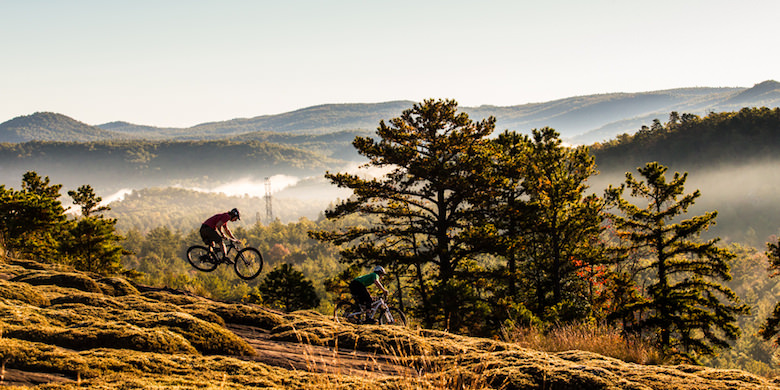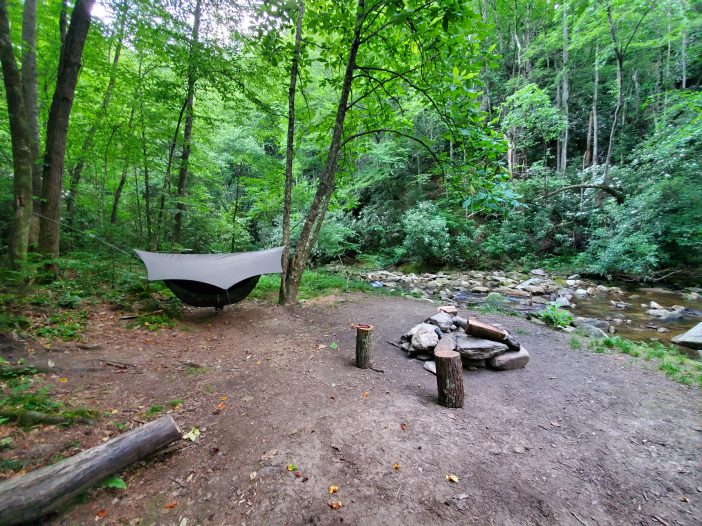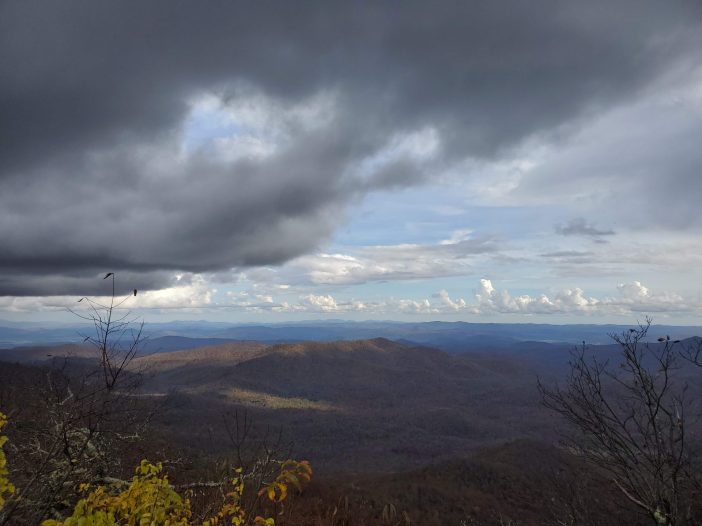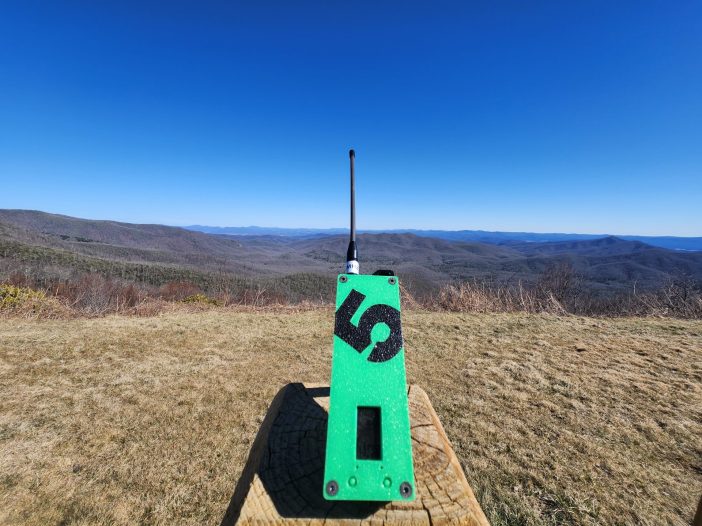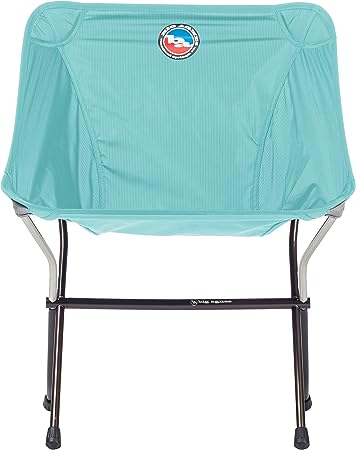600+ Trails, World-Class Pisgah & DuPont Riding, and Everything You Need for the Ultimate North Carolina Mountain Biking Adventure Brevard, North Carolina stands as the “Cycling Capital of the South,” offering over 600 trails across 400+ miles of world-class singletrack within a 30-minute radius. This Western North Carolina mountain town delivers an unparalleled combination of […]
Read MoreGear
Hanging Loose: A Field Test of ENO’s Most Popular Hammocks
We tested ENO’s DoubleNest, SingleNest, and TravelNest hammocks across trails, campsites, and music festivals in Western North Carolina. Here’s how each one holds up in the real world.
Read MoreHiking in the Rain in Western North Carolina
Hiking in the rain offers quiet trails, vibrant scenery, and cool fresh air. Especially in Western North Carolina. With the right gear and a bit of planning, wet weather hikes can be some of the most rewarding.
Read MoreSolo Backpacking in Western NC: Trails, Gear, and Safety for First-Timers
Thinking about going on your first solo backpacking trip? This guide breaks down everything you need to know from choosing beginner-friendly trails in Western North Carolina to essential gear, safety tips, and mental prep. Whether you’re craving solitude, challenge, or a fresh start, solo backpacking offers a unique chance to reconnect with yourself and the natural world.
Read MoreMeshtastic: Revolutionizing Off-Grid Communication for Campers and Outdoor Enthusiasts
Meshtastic is changing how outdoor enthusiasts stay in touch off the grid. Using long-range LoRa technology, this open-source mesh system enables secure messaging and GPS tracking without cell towers or internet. From backpacking and camping to emergency prep, here’s how it works and why it matters.
Read MoreThe Black Diamond Astro 300 Headlamp
Why the Astro 300 Headlamp by Black Diamond is the Lighting Revolution We’ve All Been Waiting For Every once in a while, a product comes onto the market that not only delivers exceptional functionality but also combines it with affordability and convenience. Such is the case with the Black Diamond Astro 300 Headlamp. In a […]
Read MoreCamp Chef Deluxe Outdoor Camp Oven
First Impressions and Setup I set the Camp Chef Deluxe Outdoor Camp Oven on the picnic table and smiled at its polished steel shell. It weighed about 32 pounds but felt solid when I lifted it with the padded side handles and slipped it into its carry bag. The bag made transport easy and protected […]
Read MoreBig Agnes Skyline UL Ultralight Backpacking Chair
As an ultralight backpacker, I want gear that’s light and dependable. The Big Agnes Skyline UL Chair (1 lb 11 oz trail weight) hits that balance. It packs down to about 17 inches long and slides into my pack without much fuss. At camp, setup is quick: the shock-corded, color-coded aluminum poles click into place […]
Read MoreFi Series 3 Collar
As a tech enthusiast and dog lover, the intersection of the two worlds is a treasure trove of excitement for me. One piece of kit that’s been making a splash in the realm of pet care tech is the Fi Series 3 Collar. This smart dog collar promises to make dog ownership safer, easier, and […]
Read MoreFlipFuel the Fuel Transfer Device
Simplicity and Flexibility The first thing you’ll notice about FlipFuel is its straightforward, user-friendly design. While the instruction manual might seem a bit daunting at first, rest assured the device itself is relatively simple to use. Its remarkable compatibility with various isobutane fuel canisters significantly broadens its utility and enhances the overall user experience. Dependability […]
Read More